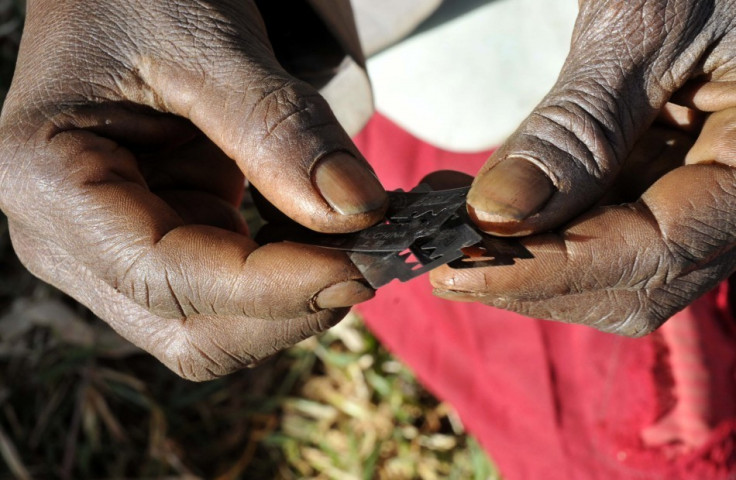Why female genital mutilation is a very different issue to male circumcision

Female genital mutilation was once a minority issue: a concealed, obscure strain of violence against women. Victims were silenced, their pain hidden. But as campaigns gain momentum, more and more people are becoming aware of the internationally recognised violation of female rights, of which 140 million women and girls worldwide have already suffered the consequences.
We now have data on how widespread FGM is, which tells us that more than 130,000 women and girls are living with the horrific consequences of the procedure in Britain and another 65,000 girls under 13 are at risk. Yet despite growing public knowledge about FGM, it is still unjustifiably compared to the practice of male circumcision.
No health benefits, only harm
This misunderstanding can partly be attributed to the fact that until the 1980s, FGM was widely known as "female circumcision" – implying an equivalence in severity with the legal procedure. But the practices are very different on not only a cultural, religious and social level, but most notably, in their physical consequences.
Female genital mutilation, which involves the partial or complete removal of female genitalia for non-medical reasons, has been illegal in the UK since 1985 and has been banned in most countries. There are no health benefits, only harm.
In the 29 countries in Africa and the Middle East where FGM is widely performed, hygiene is poor. There is no anaesthetic and sterilised equipment is often replaced with rusting blades, which can lead to haemorrhaging, shock, septicaemia and tetanus. If the victim survives, she may be left infertile, or suffer complications during childbirth, cysts and recurrent urinary tract infections. FGM, which can include the narrowing of the vaginal opening, is proven to increase the probability of newborn death during childbirth.
The emotional trauma of FGM is impossible to relay, but it is extensive enough for the United Nations Special Rapporteur on Violence against Women to amount the practice to "torture".
Ensuring safe circumcision
During male circumcision, which is legal in Britain, the focus is on removing the foreskin and occasionally, the tissue connecting the foreskin to the penis. It is never on amputating part – or all – of the penile shaft. While surgery undoubtedly poses a risk, much less tissue is removed and it is a minor and safe procedure.
The facts speak for themselves. According to the World Health Organisation, circumcision of male babies results in a "very low rate of adverse events, which are usually minor" – between 0.2% and 0.4%. There is also evidence that circumcision reduces the risk of heterosexually-acquired HIV infection in men, by as much as 60%.
Some men's rights activists have pointed out that while a third of the planet is circumcised, the practice is not challenged in the same way as FGM. This is true, because FGM poses a deep-rooted inequality between the sexes and violates a woman's right to health, physical integrity and security, as well as the right to be free from cruelty and torture – and occasionally, takes away the right to life.
There are certainly circumstances when male circumcision infringes on these rights – when the procedure is carried out improperly or without the adequate medical equipment or supervision. In sub-Saharan Africa, circumcision during male initiation ceremonies can have terrible consequences, but this is by no means representative of the majority of circumcisions carried out worldwide. All women who undergo FGM, whether it is in Wales, Somalia or Yemen, are physically and emotionally scarred.
As we approach the International Day of Zero Tolerance for Female Genital Mutilation, there are two issues that we need to address: one is to ensure male circumcision is carried out safely around the world, the other is to eliminate FGM.
© Copyright IBTimes 2025. All rights reserved.




















